Ever wonder what happens when countries decide to call it quits? While modern maps might look set in stone, the past century has seen more national breakups than a high school prom season. We are talking massive empires crumbling and tiny kingdoms being absorbed by bigger neighbors, these nine countries prove that even nations aren’t immune to major life changes.
Some split up like Hollywood marriage, while others slowly faded away like your New Year’s resolutions. Let’s dive into these fascinating former countries – their rises, their falls, and why your old geography textbook might need some serious updating.
Yugoslavia (1918-1992)
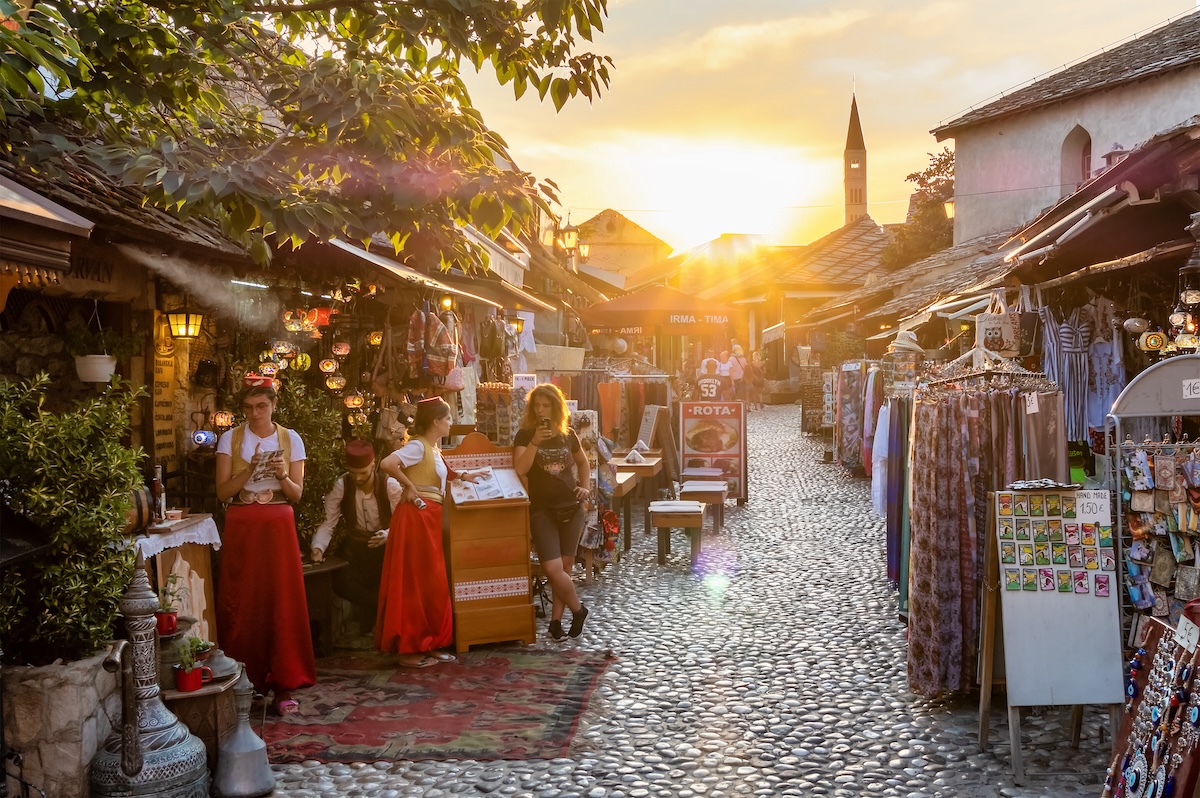
Picture trying to keep six siblings with strong personalities from fighting at a family dinner – that’s basically Yugoslavia’s story. Born from the ashes of World War I, this Balkan federation somehow managed to hold together different ethnic groups, languages, and religions under one roof for most of the 20th century. Charismatic leader Tito kept the peace through sheer force of personality (and, well, actual force), turning Yugoslavia into a unique player in the Cold War.
The country rocked non-alignment before it was cool, hosted the 1984 Winter Olympics in Sarajevo, and produced some seriously good basketball teams. But after Tito’s death, ancient rivalries resurfaced faster than you can say “Balkanization,” leading to a tragic series of wars. Today’s map shows Serbia, Croatia, Bosnia and Herzegovina, Slovenia, North Macedonia, Montenegro, and Kosovo (though Serbia might argue about that last one) where Yugoslavia once stood proud.
Tibet (1912-1951)
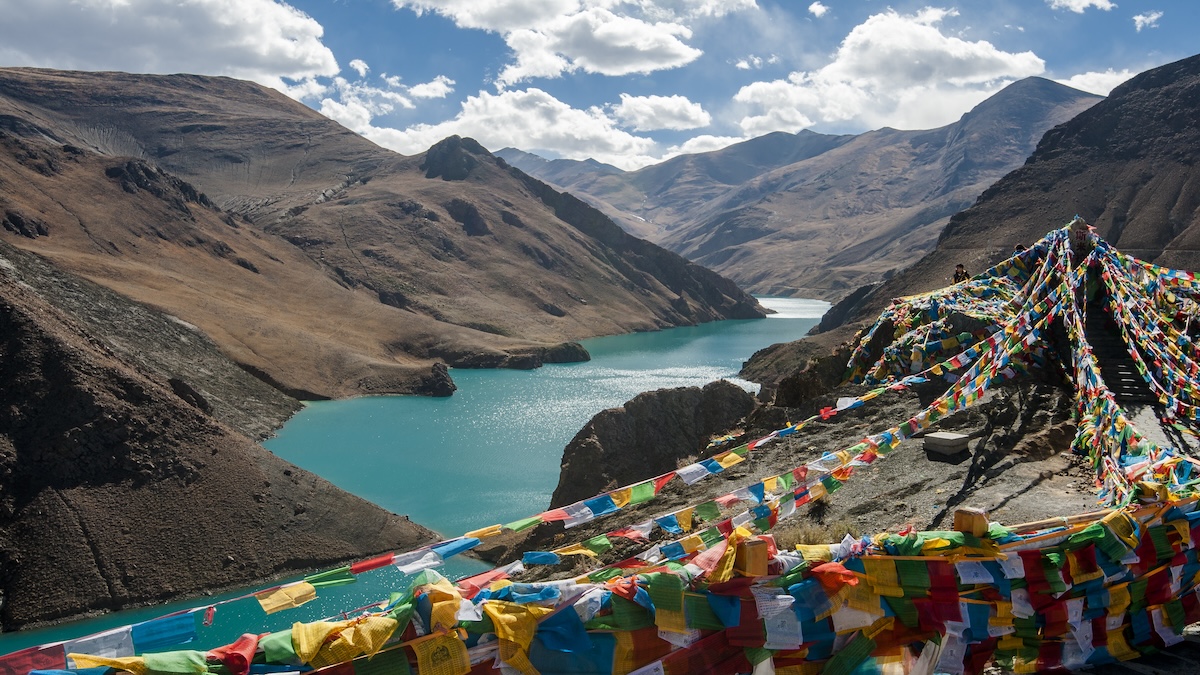
Perched on the “Roof of the World,” Tibet spent a brief time as an independent nation between falling out of China’s Qing Dynasty and being absorbed into Mao’s China. Think of it as a gap year that lasted four decades. The Dalai Lama ruled this Buddhist kingdom where prayer flags fluttered in the thin mountain air and monasteries dotted the Himalayan landscape.
Tibet’s independence ended when China rolled in with tanks in 1951, claiming it was always part of their territory anyway. Today, Tibet exists as an “autonomous region” of China, though “autonomous” here means about as much as calling a pet fish “free-range.” The current Dalai Lama runs a government-in-exile from India, while Tibet’s unique culture fights for survival under Chinese rule.
Newfoundland (1907-1949)
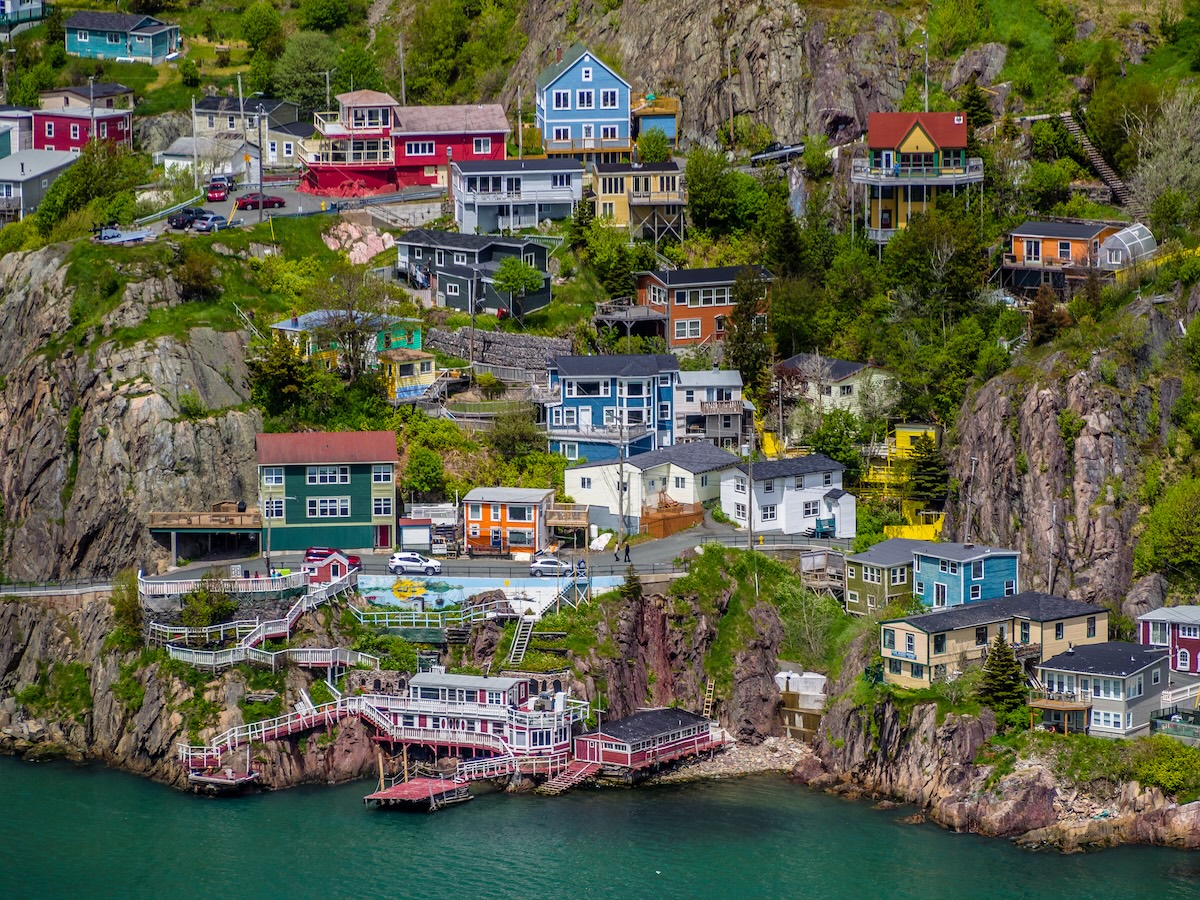
Before becoming Canada’s fun-loving eastern province, Newfoundland spent 42 years as an independent dominion of the British Empire. These hardy islanders weathered brutal storms, the Great Depression, and enough cod to feed several continents. World War II brought American troops and a taste of economic prosperity, but massive war debts forced them to choose between independence, joining Canada, or joining the US.
After two referendums (because one just wasn’t dramatic enough), they picked Canada by a nose. Today, Newfoundland and Labrador form Canada’s easternmost province, where locals speak in an accent so unique it has its own dictionary and still celebrate their almost-country status with a dash of rebellious pride.
Czechoslovakia (1918-1993)

Unlike Yugoslavia’s messy divorce, Czechoslovakia pulled off the world’s most amicable national breakup – so peaceful they called it the Velvet Divorce. Born after World War I, this Central European nation combined Czech industrial might with Slovak agricultural strength. They created some seriously good beer, better hockey teams, and survived Nazi occupation only to fall behind the Iron Curtain.
After the 1989 Velvet Revolution kicked out the communists, the Czechs and Slovaks looked at each other and decided maybe they’d be better as just friends. Today, both the Czech Republic (now calling itself Czechia, though nobody seems to use that) and Slovakia thrive as EU members, proving sometimes breaking up isn’t hard to do.
South Vietnam (1955-1975)

For 20 years, South Vietnam stood as America’s ally against communism in Southeast Asia, though “stood” might be generous given how often it was rocked by coups. Created when Vietnam was split at the 17th parallel, South Vietnam became ground zero for the Cold War’s hottest conflict.
Despite massive U.S. support, billions in aid, and half a million American troops, South Vietnam fell to North Vietnam in 1975, marked by that famous helicopter evacuation from the U.S. embassy in Saigon. Today, it’s all just Vietnam, a unified country where you can get amazing pho, take selfies in the Cu Chi tunnels, and buy Communist propaganda posters as souvenirs. Saigon became Ho Chi Minh City, though locals still use both names.
Sikkim (1642-1975)

Tucked between Nepal, Bhutan, and Tibet, this tiny Himalayan kingdom managed to stay independent way longer than you’d expect. Ruled by the Chogyals (Buddhist kings), Sikkim balanced its relationships with British India and Tibet like a master diplomat. After India gained independence, Sikkim became its protectorate but kept its monarchy until 1975, when its people voted to join India in a referendum (though some claim India helped push that vote along).
Today, Sikkim exists as India’s least populous state, known for organic farming, stunning mountain views, and having the world’s third-highest peak, Kangchenjunga, in its backyard. The former palace now houses government offices, while the last Chogyal’s family lives as private citizens.
East Germany (1949-1990)

For 41 years, this Soviet satellite state tried to prove communism could outperform capitalism, one Trabant car at a time. The German Democratic Republic (GDR) built the world’s most famous failed real estate project (the Berlin Wall), developed a distinctive fashion sense (think polyester), and created the world’s most enthusiastic secret police force (the Stasi).
They excelled at Olympic sports (though their athletes’ medicine cabinets raised some eyebrows) and produced some genuinely great scientists and artists. When the Wall fell in 1989, East Germans rushed west for bananas, blue jeans, and freedom. Today, it’s all just Germany, though you can still spot the differences between East and West in everything from voting patterns to ice cream preferences.
United Arab Republic (1958-1961)

The shortest-lived entry on our list, this union between Egypt and Syria lasted about as long as the last Bennifer marriage. Born from pan-Arab dreams and anti-Western sentiment, the UAR united two non-connected territories under Egypt’s charismatic leader Nasser.
Syria quickly realized being the junior partner wasn’t all it was cracked up to be and bailed after three years. Egypt kept the name until 1971, like someone still using their ex’s Netflix account. Today, Egypt and Syria are very separate countries again, though you can still find old UAR flags in antique shops. Fun fact: Yemen was supposed to join too, but apparently looked at this throuple and said, “Yeah, no thanks.”
Soviet Union (1922-1991)
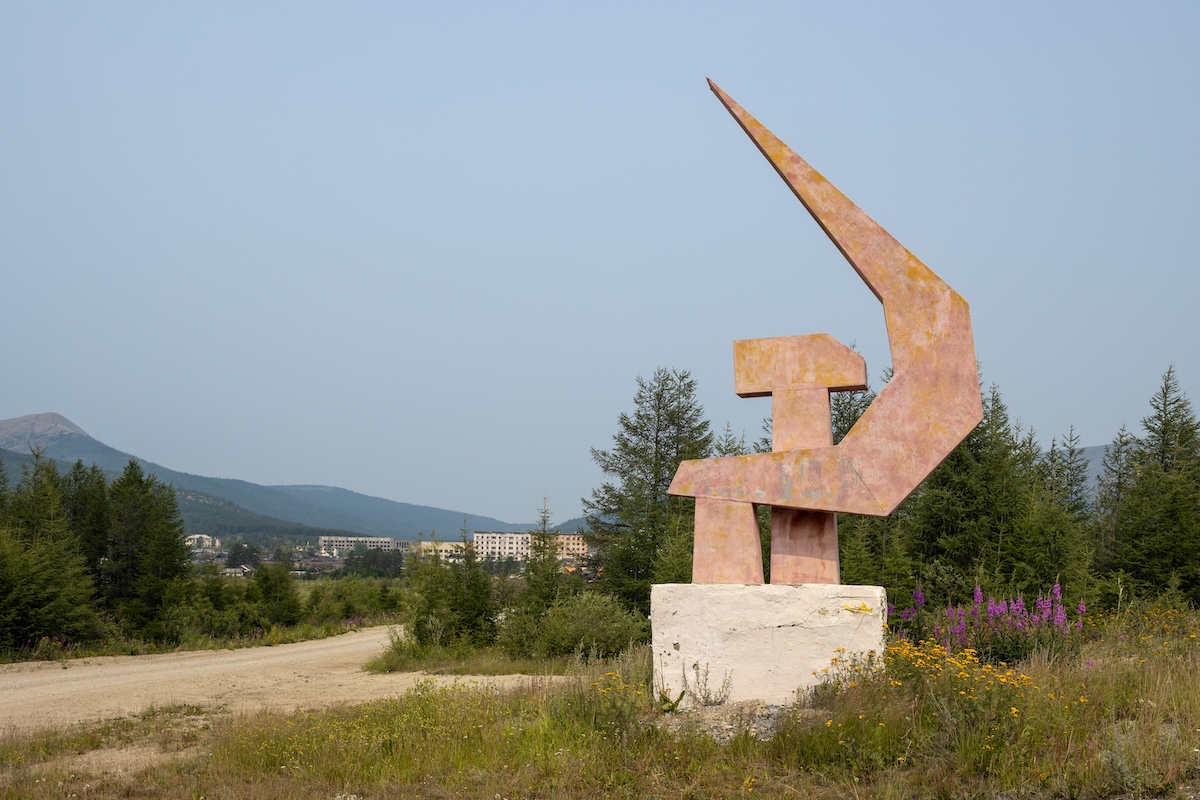
The biggest breakup in modern history saw one superpower split into 15 countries faster than you can learn to pronounce “Kyrgyzstan.” For seven decades, the USSR spread across eleven time zones, developed nuclear weapons, launched the first human into space, and convinced the world that borscht and vodka were a balanced meal.
Despite its massive military and industrial might, it couldn’t keep up with American blue jeans and rock ‘n’ roll. When it finally collapsed in 1991, the world got new countries from the Baltic to Central Asia, while Russians got their first taste of McDonald’s. Today, these 15 independent nations range from EU members to authoritarian strongholds, while Vladimir Putin spends his time dreaming about getting the band back together.










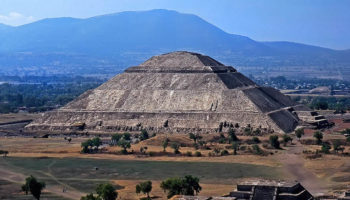

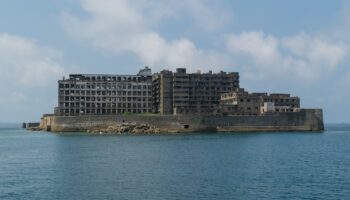
Leave a Reply